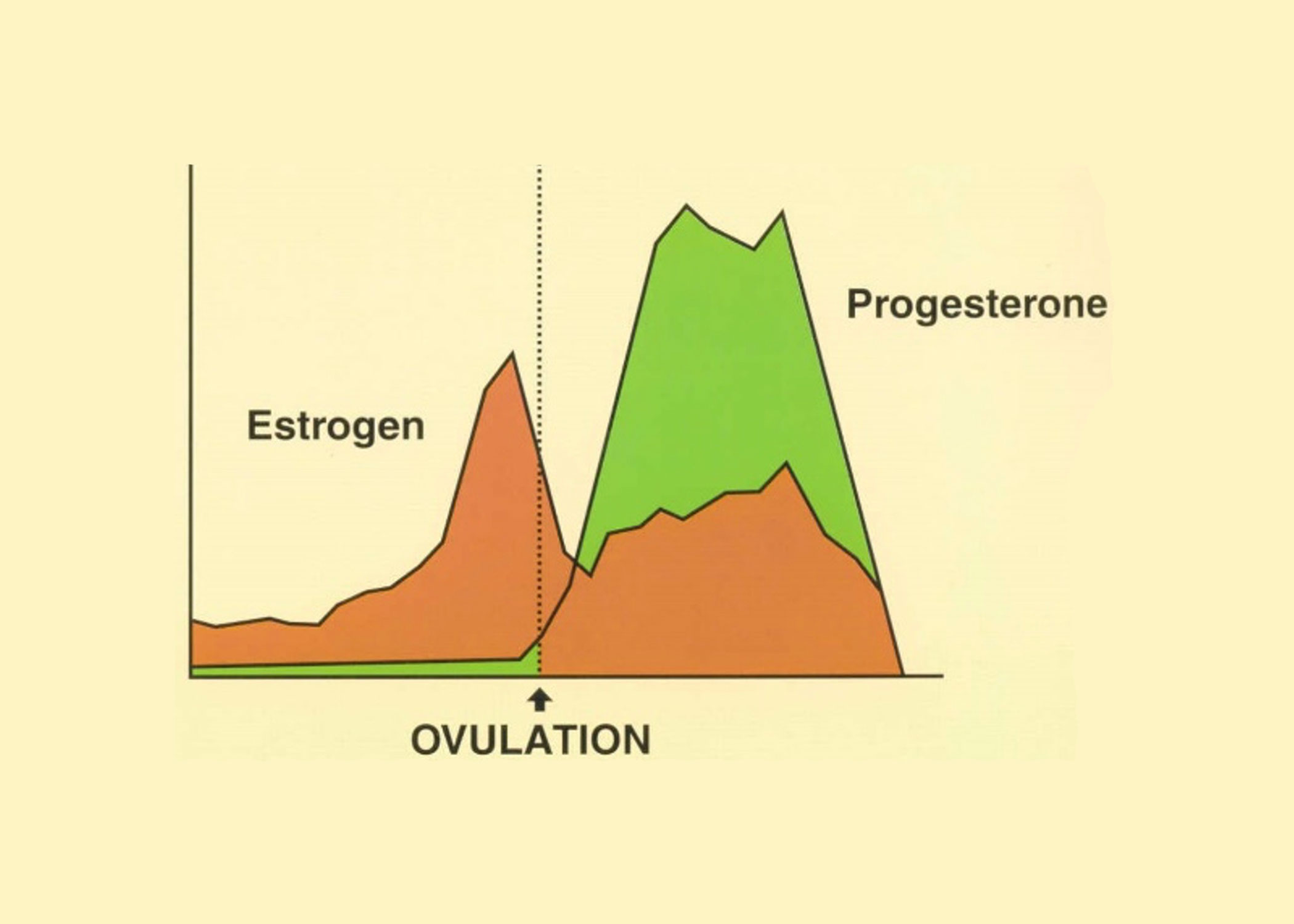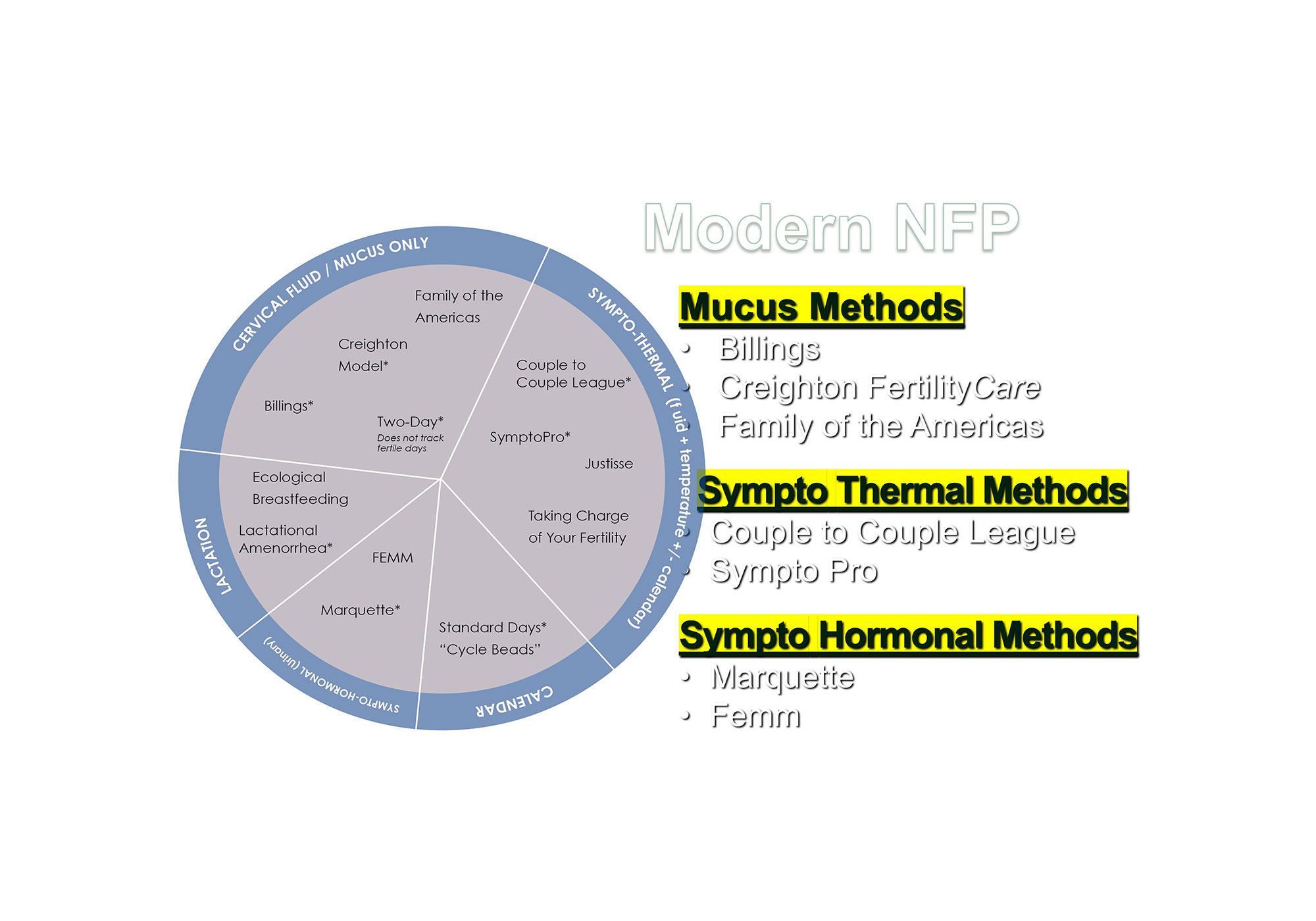The Science Behind NFP
For most women, and certainly most men, the Menstrual Cycle is shrouded in mystery. Aware only of the Menstrual Flow (her period), most of us are unaware of the amazing symphony of events occurring throughout the cycle. The mission of CANFP is to take the mystery our of fertility, empowering us all with a newfound appreciation and respect for the intricate design of the female reproductive system, and a deepened appreciation of the miracle of life, when as married couples we mindfully cooperate in the creation of a new life.
Modern, scientific NFP methods are based on scientific research about the female menstrual cycle, what that research has revealed about the observable signs her body produces reflecting the hormonal changes throughout her cycle, and the application of that information for health, and as effective methods of identifying fertile and infertile days of the cycle.

The Menstrual Cycle is More than the Period
Each cycle, a developing follicle in the ovary produces increasing amounts of estrogen circulating in her body. This elevated estrogen causes the crypts lining the cervical canal to produce a characteristic mucus discharge which, due to is qualities designed to enable sperm survival awaiting ovulation during this fertile window in her cycle, is apparent to the woman by external observations typically as a slippery, clear, wet, and often stretchy mucus. Following the rupture of the now mature follicle at ovulation, the estrogen levels decrease, and the corpus luteum that remains produces dramatically increased levels of progesterone. These elevated progesterone levels persist throughout this luteal, post-ovulatory phase of the cycle, altering the qualities of the mucus in the cervical crypts to form a natural barrier to sperm penetration as the fertile window of her cycle closes, so that typically now a woman will simply observe the absence of any cervical mucus discharge externally. If she is monitoring other physical changes manifested as a result of these fluctuating hormones, she will also note a rise in her basal body temperature following ovulation, along with other physical and emotional changes.
Access to Information
It has been more than a century since scientists discovered the cyclic changes in a woman’s cervical fluid and basal body temperature and their association with the hormone fluctuations of ovulation. But it was not until the 1950’s that programs began to emerge to teach women these fertility signs, and really until the 1970’s that these programs became more developed. By then, hormonal contraception designed to suppress and alter the normal hormonal fluctuations of a healthy woman’s cycle was widely integrated into medical training, and women’s healthcare, resulting in a lack of knowledge about the normal function of the cycle, and lack of access to the highly effective methods that were developed to monitor and interpret them.


Every Woman, Every Couple, Deserve to Know
It is our passion at CANFP, to provide every woman and man with access to this knowledge, and the methods that allow them to implement it as an effective and vital tool for health, and for avoiding a pregnancy or achieving a pregnancy.
Women benefit from learning to observe and chart their cycles from the onset of their periods (menarche) through their cessation (menopause). Together with their husband, women can learn a system for using this knowledge to space their children—avoiding pregnancy simply by avoiding the fertile days of the cycle, and specifically identifying the days of fertility to achieve pregnancy.
For All Phases of Life
Scientific research provides evidence of the important role of modern methods of NFP in women’s health, including the evaluation, diagnosis and treatment of a variety of women’s health concerns (including PMS, PCOS, Endometriosis, Miscarriage/Recurrent Miscarriage, and Infertility), and as an effective tool for avoiding pregnancy and achieving pregnancy throughout a women’s entire procreative life:
- Regular or Irregular Cycles
- Breastfeeding
- Pre-menopause
- Post Pill
- Anovulatory States
- Infertility


